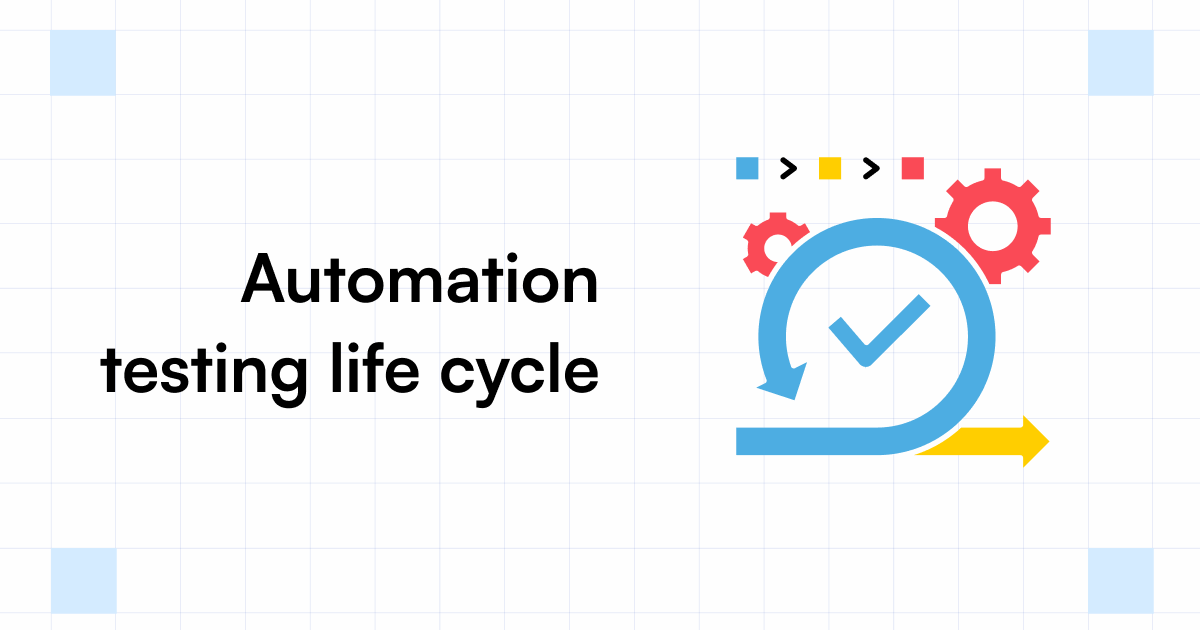From Guidebook to Automated Screening: A Comprehensive Guide to Transitioning Smoothly and Successfully
In the world of software program screening, the change from manual to automated processes has become a progressively crucial change for companies looking for to boost performance and accuracy in their testing practices. The trip from manual to automated screening is not without its difficulties, however when approached strategically and with a clear plan in mind, the benefits can be considerable.
Benefits of Automated Checking
Automated testing offers countless benefits, improving efficiency and accuracy in software program advancement processes. One key advantage is the considerable decrease in screening time. Automated examinations can be run concurrently on numerous devices and operating systems, dramatically speeding up the testing stage contrasted to manual screening. This boosted performance permits faster responses on the high quality of the software application, enabling programmers to determine and resolve problems without delay.
In addition, automated testing makes sure a greater level of precision in identifying defects. Consistency in screening is also boosted, as automated examinations implement the very same actions exactly each time they are run.
Selecting the Right Devices

First of all, assess your objectives and requirements. Recognize the range of your project, the modern technologies entailed, and the skill collection of your group. This analysis will certainly assist you determine the attributes and capabilities you need in your screening devices.
Secondly, think about the compatibility of the tools with your existing procedures and systems. Smooth assimilation with your present software program advancement lifecycle is necessary to ensure a smooth shift to automation.
In addition, review the scalability and adaptability of the devices. As your testing requires advance, the tools must be able to adjust and fit changes properly.
Finally, factor in the support and community around the devices. Durable support and an energetic individual area can give beneficial sources and help when carrying out automated screening. By thoroughly considering these facets, you can choose the right tools that align with your requirements and set the stage for a successful shift to automated testing.
Creating Effective Examination Manuscripts
When crafting test scripts, it is necessary to think about the specific demands of the software application being examined and make sure that the manuscripts address all vital capabilities. Detailed and clear calling conventions for test scripts and examination cases can boost readability and maintainability. Furthermore, incorporating mistake handling systems within the test manuscripts can aid in identifying and attending to problems promptly.
Additionally, arranging test manuscripts right into modular components can boost reusability and scalability, reducing redundancy and improving performance in test script upkeep. Routine testimonials and updates to evaluate scripts are essential to equal developing software application demands and performances. By complying with these principles, testers can create robust and efficient test scripts that contribute dramatically to the success of automated testing processes.
Integrating Automation Into Workflows
By seamlessly incorporating automated testing devices like Selenium or Appium right into the software application development lifecycle, groups can achieve faster comments on code modifications, leading to quicker insect discovery and resolution. This assimilation allows for continuous screening throughout navigate here the growth procedure, making certain that any type of problems are identified early on, resulting in greater software application high quality. Appropriate combination of automation tools requires partnership between advancement, screening, and operations groups to develop a unified workflow that maximizes efficiency and performance in delivering high-quality software items.
Making Sure a Smooth Change
Effectively transitioning to automated testing entails meticulous planning and careful execution to optimize and minimize interruptions performance in the software application development process - automation testing. To guarantee a smooth transition, it is essential to start by carrying out a thorough assessment of the existing testing procedures and identifying locations where automation can bring one of the most considerable benefits. Engaging with all stakeholders beforehand at the same time, consisting of programmers, testers, and task supervisors, is vital for amassing assistance and buy-in for the automation initiative
Interaction is vital during this shift stage. Clear interaction of the goals, advantages, and expectations of automated screening assists to manage any resistance or issues that may develop. Additionally, providing sufficient training and sources for employee to upskill in automation tools and techniques is essential for ensuring an effective shift.

Final Thought
Finally, transitioning from guidebook to automated screening provides various advantages, including boosted efficiency and dependability. By choosing the proper devices, writing reliable test manuscripts, and incorporating automation perfectly into process, companies can ensure a effective and smooth change. It is vital to embrace automation as a valuable property in software testing processes to boost general quality and performance.
In the realm of software application testing, the change why not try here from manual to automated procedures has become a significantly vital shift for companies seeking to improve performance and precision in their screening methods. Automated examinations can be run all at once on several tools and running systems, considerably speeding up the testing phase contrasted to hand-operated testing. Uniformity in testing is also boosted, as automated examinations carry out the very same steps exactly each time they are run.To guarantee the effective execution of picked testing devices, the development of reliable test manuscripts plays a critical function in verifying the capability and performance of automated processes - automation testing. By following these concepts, testers can create durable and reliable test scripts that add significantly to the success of automated screening procedures